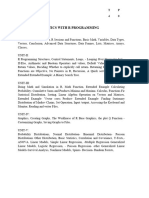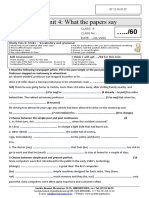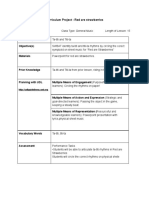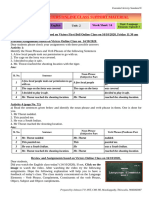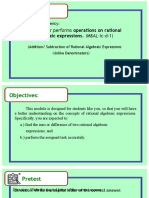BCA 230 R PROGRAMMING FOR DATA SCIENCE Assignment Questions
1 What is R?
2 What is RStudio?
3 Explain the purpose of the help() function.
4 Define the NA value in R.
5 What is a package in R?
6 How do you install a package in R?
7 Explain Scan() function in R.
8 How can you print more digits in R?
9 What is the advantage of using R?
10 List any two special values in R.
11 Discuss the advantages of R over Python for statistical analysis.
12 Explain how to handle missing values in R.
13 Describe the R command prompt.
14 Demonstrate how to enter data from the keyboard in R.
15 Discuss the use of comments in R scripts.
16 How do you check for installed packages in R?
17 Explain the input and output operations in R.
18 Describe how to use the find.package() function.
19 What is the difference between R scripts and R markdown?
20 Explain the significance of the installed.packages() function.
Compare and contrast R with other programming languages like Python or MATLAB in terms of statistical
21
analysis capabilities.
22 Explain the process of installing and using a package in R with examples.
23 Discuss various input methods in R with examples.
24 Describe the different types of data structures in R, providing examples for each.
25 Discuss the significance of R in data science and analytics.
26 Illustrate how to use RStudio effectively for data analysis.
27 Explain the role of comments in writing R code and its importance.
28 Discuss the process of loading packages in R and provide an example.
29 Explain how to manage special values (NA, Inf, -Inf) in R.
30 Illustrate the usage of R command prompt with examples.
31 Define a vector.
32 What is a list in R?
33 Explain matrix operations.
34 Describe factors in R.
�35 What is the purpose of the ls() function?
36 How do you delete a variable in R?
37 Describe the use of the repeat loop.
38 What are logical operators in R?
39 Define an if-else statement.
40 Explain the purpose of a switch statement.
41 Explain the concept of R operators with examples.
42 Discuss the different types of loops in R.
43 Illustrate variable assignment in R.
44 Explain decision-making in R with examples.
45 Describe the significance of the break and next statements in loops.
46 Discuss the differences between for loops and while loops.
47 Explain how to create a matrix and perform calculations on it.
48 Describe how to handle different data types in R.
49 Illustrate the concept of vector recycling in R.
50 Discuss the purpose of the dim() function.
51 Explain the various data types in R and their applications.
52 Discuss how to use R for decision-making with practical examples.
53 Describe how loops can be utilized in data manipulation in R.
54 Explain the importance of operators in R and provide examples.
55 Discuss the role of control statements in R programming.
56 Illustrate how to manage data types and their conversion in R.
57 Explain the creation and manipulation of lists in R with examples.
58 Discuss the significance of vectors in statistical analysis.
Explain the various ways to manipulate text in R. / Discuss the arithmetic operations that can be
59 performed on vectors in R.
60 Describe how to access elements in a matrix and perform computations.
















































